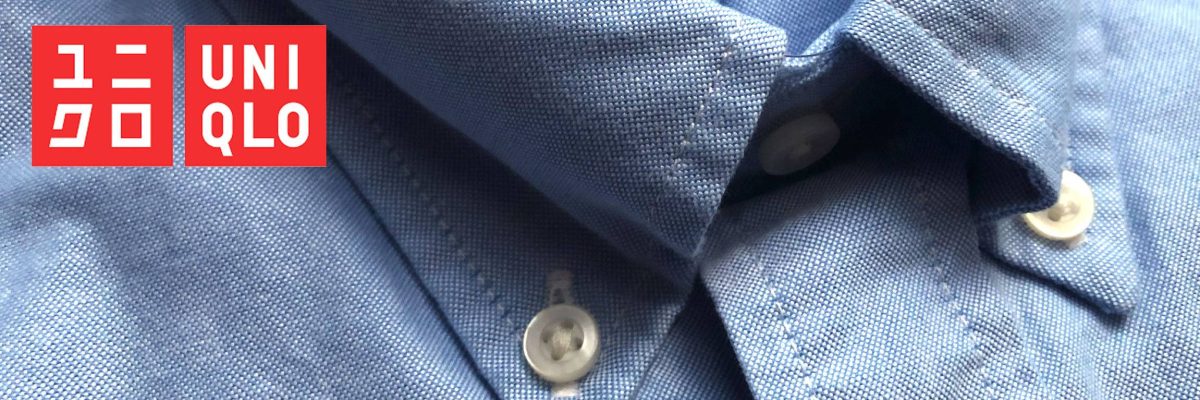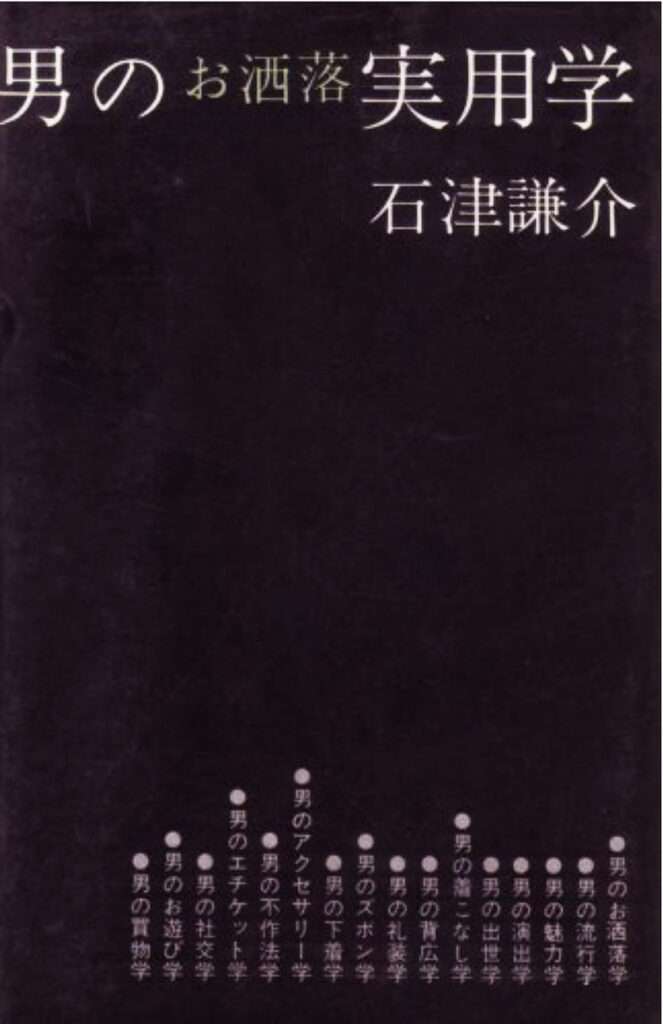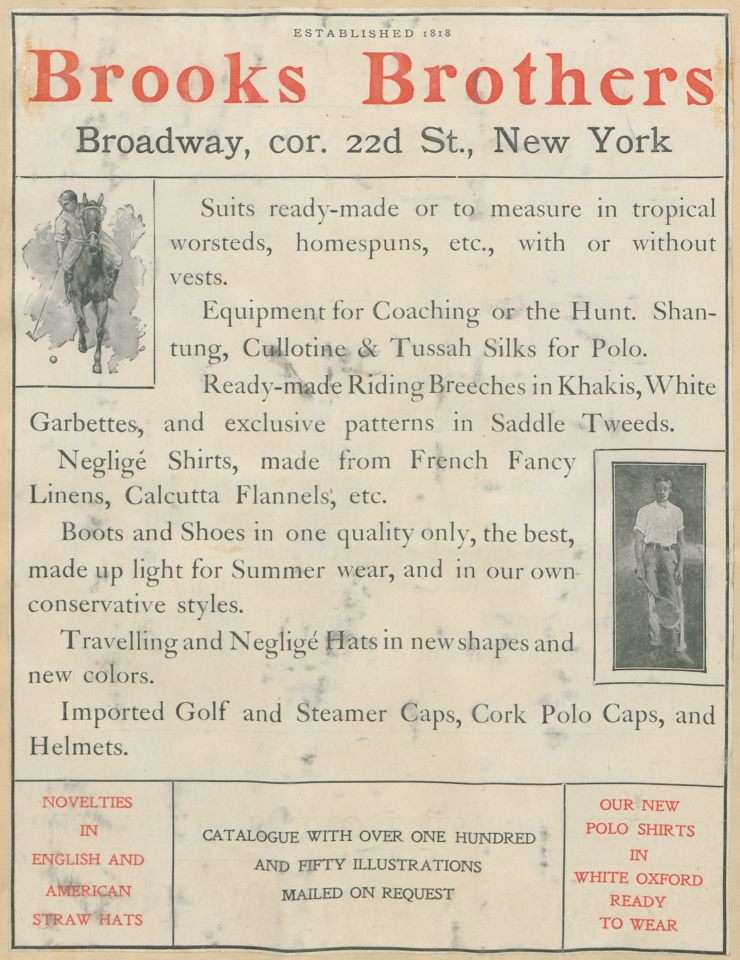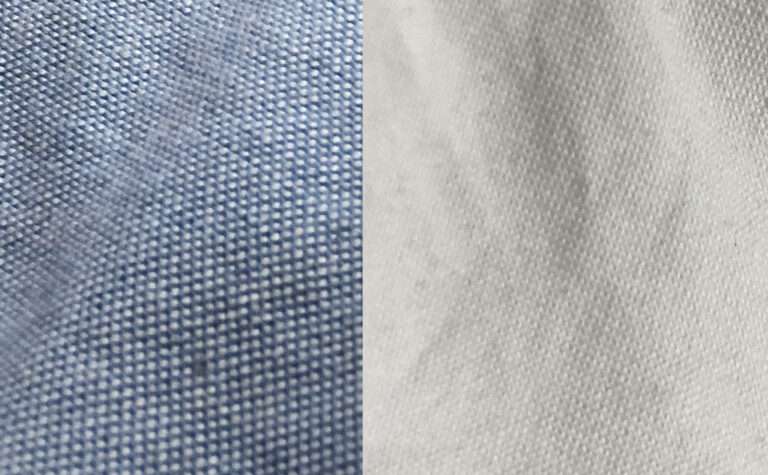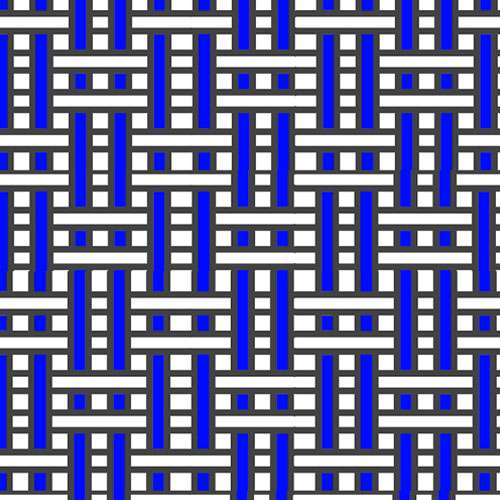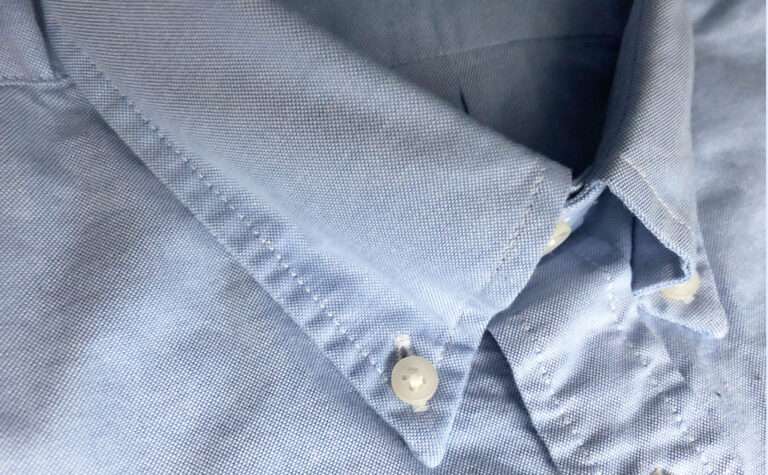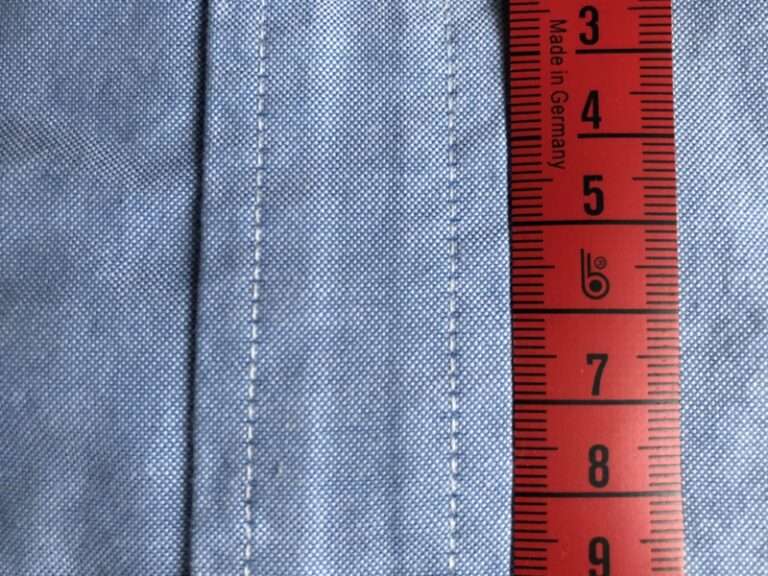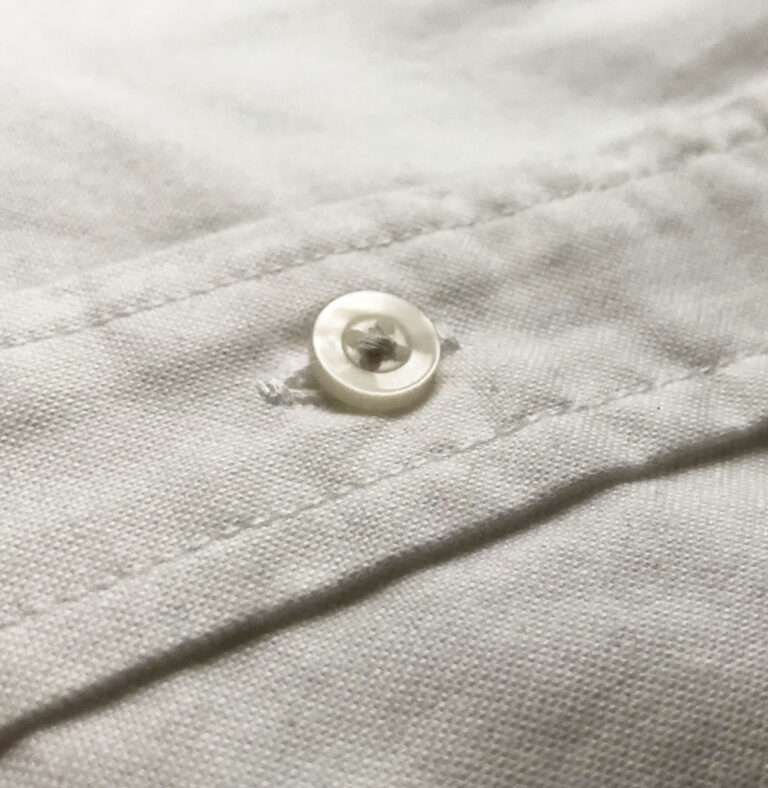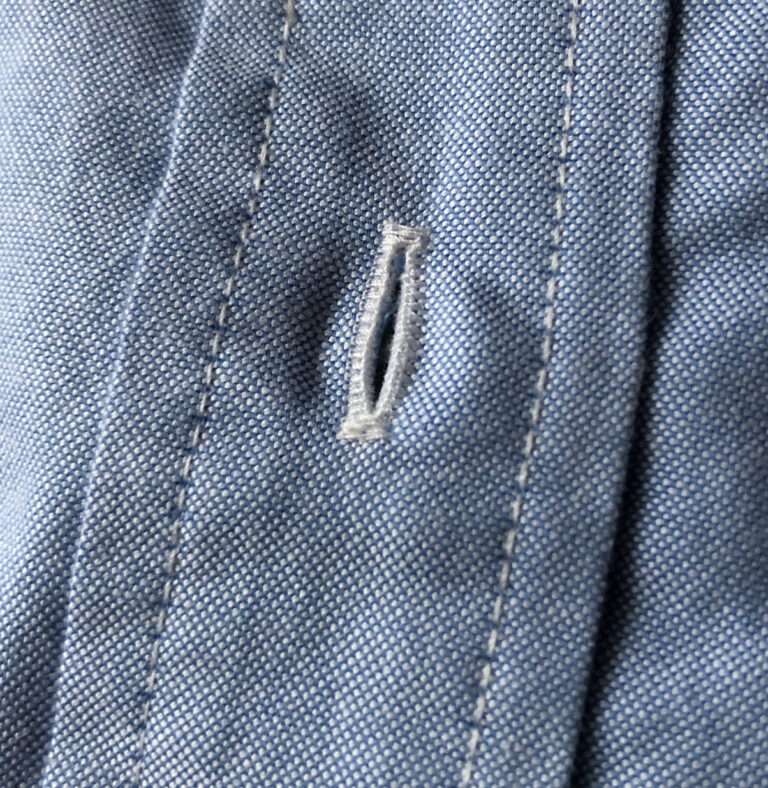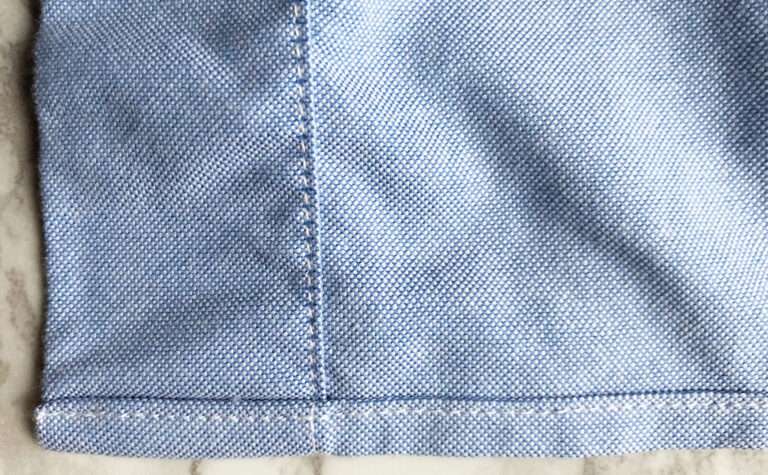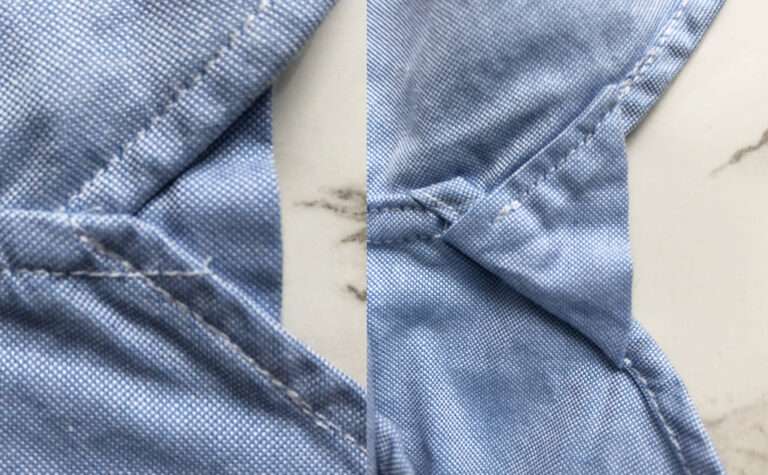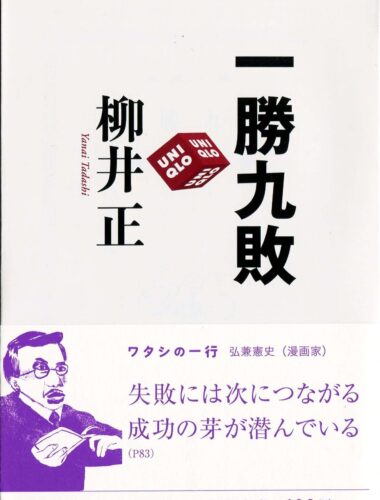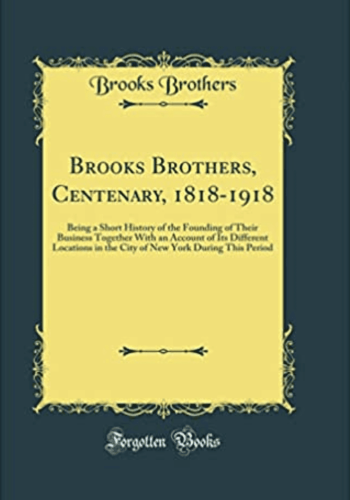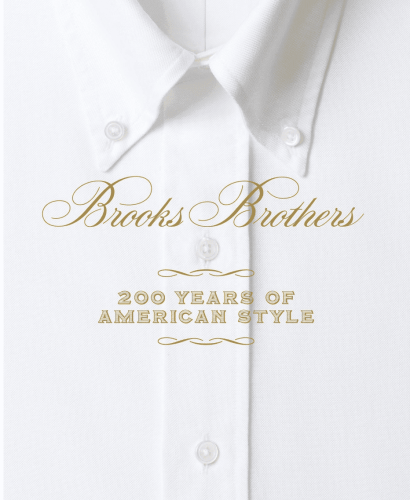Why do Japanese people like button-down shirts? They wear button-downs in the suit style they put on to work, and they also wear button-downs in casual occasions. TV presenters and commentators also wear button-down shirts with their suits. It is a truly strange culture.Button-down shirts originally originated as sports shirts. It should not be in the culture of formal wear. However, I think that is happening because Japanese editors and fashion people introduced wrong information about American culture in the 60s and 70s. (I should add that there was not much information at that time).
However, times are changing and it is a fact that the world is becoming more and more casual. That’s why the button-down shirt is currently the best shirt for you. (My hope is that you guys will preferably match it with a jacket instead of a suit. That way your style is more beautiful.) And that shirt is UNIQLO’s best-selling shirt… I mean the best-selling shirt in the world.
This period of rapid economic growth after World War II continued to increase the Japanese population, which coincided with the IVY fashion movement and may have been the reason why the Japanese love button-down shirts more than any other people in the world. Of course, Americans love button-downs too.
Tells the story of how John E. Brooks, the president of Brooks Brothers and the grandson of the founder, discovered the idea for the button-down collar while watching a polo match in England in 1896. He noticed that the players’ collars were button down to prevent them from flapping in the wind, and he brought the idea back to Brooks Brothers. The tailors at the company perfected the design, and in 1900, the button-down collar was introduced to America. The unique design immediately became popular, as it was softer and more comfortable than the rigid detachable collars of the previous century. It marked a departure from stuffy styles and sparked a fashion rebellion. Brooks Brothers recognized the appeal of the collar and marketed a version in white oxford cloth, which redefined men’s shirts and became a signature staple of American fashion in the twentieth century. It was worn by movie stars, artists, and politicians and became as iconic as denim jeans and aviator sunglasses.
John E brooks story in 1896 is probably true, but unfortunately this story is very wrong. Button-down collars were a common specification in British sports of the time (football, polo, cricket, etc.) for fast-moving sports and many photographs survive, so it is not certain that the button-down was developed for the sport of polo.But if Brooks Brothers had not created the button-down shirt, it would never have spread around the world. That’s how influential the post-war USA was in the world. Along with Coke, Levi’s and others.
Brooks Brothers | Made in America: North Carolina (Unfortunately, Brooks is not the owner of this factory. However, American products are still made in this factory.)
What’s great about UNIQLO’s The Oxford cloth button-down shirt?
How many OCBD shirts do you have? For some it might be Brooks Brothers or Polo Ralph Lauren. Or it could be the Individuated Shirts or Gitman that OEM made them. It could be a beautiful Italian shirt like Barba or Luigi Borrelli. There is not much made in the UK. However, the best-selling brand in the world is clearly Uniqlo. They are now moving their factories to Vietnam, but before that they were making them everywhere – in China and Cambodia. This is something even global brands like H&M, GAP and LEVI’S can’t compete with. Why are people so drawn to UNIQLO OCBD shirts? Here we try to find out the secret.
Product overview, from the UNIQLO website.(FEB.2023)
Oxford fabric is a type of cotton weave fabric that is popular for its durability and versatility. It is named after the famous English university, Oxford, where it was first produced. The fabric’s history dates back to the 19th century when it was first produced in Scotland for traditional Celtic dress, including kilts and sporrans. The popularity of Oxford fabric began to grow in the 20th century, especially in England, where it was used for men’s dress shirts. Today, it is still popular for dress shirts but is also used for a variety of other applications, including bags, backpacks, upholstery, and home decor.
One of the main reasons Oxford fabric is so great is because of its unique texture. It is made using a basketweave pattern, which creates a distinctive checkerboard-like appearance. The weave also gives the fabric a slightly heavier weight and thicker feel compared to other cotton fabrics, making it more durable and resistant to wear and tear. In addition to its durability, Oxford fabric is also popular because it is easy to care for. It can be machine-washed and dried, and it does not require ironing after washing. This makes it a practical choice for everyday wear and use.
Another reason Oxford fabric is so popular is because of the range of colors and patterns it comes in. From classic solids to bold stripes and plaids, Oxford fabric can be found in a variety of styles that can be easily dressed up or down. Overall, Oxford fabric’s durability, ease of care, and range of styles make it a popular choice for a variety of applications, from clothing to home decor.
In this way, though, it is not easy to get close to the old Brooks Brothers fabric (Dan-River Made in USA).
There is no doubt that they imitated the Brooks Brothers shirt pattern when UNIQLO was still in its infancy. Their aim was to create the “AMETORA” that the Japanese longed for, for which the BB oxford polo collar shirt was indispensable. Nowadays, the shirt pattern has a little more originality, which is evident in the shape of the collar.
The roll is not as tight as it used to be.I don’t consider the Brooks Brothers button-down to be historically original, so I welcome this unique evolution. Their shirts are classic, but they are evolving every day. For me, it is definitely a product of high standard and unparalleled cost-performance.
But I’m concerned about the recent trend for smaller collars.
According to their explanation, ‘The collar has a gentle S-shaped line from the collar to the tip of the sword, preventing the collar from protruding from the lapel area of the jacket. The collar is designed to maintain its beautiful shape even when no tie is worn. It has a strong and thick core, which helps keep the collar looking crisp and gives a beautiful silhouette around the neck.’ Turnbull & Asser claims that this collar type was designed by them in the 1930s when they started making readymade shirts and has remained the basis of their range ever since. Although many Japanese fashion magazines describe it as such, it’s difficult to determine whether T&A is the original source, as fashion trends change over time.T&A’s 1920s WW1 advertising illustrations do feature a curved collar shape. However, it is also clear that other companies, like famous Arrow Shirt in usa , sold similar collar styles in usa 1910-20s.
According to their explanation, ‘The collar has a gentle S-shaped line from the collar to the tip of the sword, preventing the collar from protruding from the lapel area of the jacket. The collar is designed to maintain its beautiful shape even when no tie is worn. It has a strong and thick core, which helps keep the collar looking crisp and gives a beautiful silhouette around the neck.’ Turnbull & Asser claims that this collar type was designed by them in the 1930s when they started making readymade shirts and has remained the basis of their range ever since. Although many Japanese fashion magazines describe it as such, it’s difficult to determine whether T&A is the original source, as fashion trends change over time.T&A’s 1920s WW1 advertising illustrations do feature a curved collar shape. However, it is also clear that other companies, like famous Arrow Shirt in usa , sold similar collar styles in usa 1910-20s.
According to their explanation, ‘The collar has a gentle S-shaped line from the collar to the tip of the sword, preventing the collar from protruding from the lapel area of the jacket. The collar is designed to maintain its beautiful shape even when no tie is worn. It has a strong and thick core, which helps keep the collar looking crisp and gives a beautiful silhouette around the neck.’ Turnbull & Asser claims that this collar type was designed by them in the 1930s when they started making readymade shirts and has remained the basis of their range ever since. Although many Japanese fashion magazines describe it as such, it’s difficult to determine whether T&A is the original source, as fashion trends change over time.T&A’s 1920s WW1 advertising illustrations do feature a curved collar shape. However, it is also clear that other companies, like famous Arrow Shirt in usa , sold similar collar styles in usa 1910-20s.
According to their explanation, ‘The collar has a gentle S-shaped line from the collar to the tip of the sword, preventing the collar from protruding from the lapel area of the jacket. The collar is designed to maintain its beautiful shape even when no tie is worn. It has a strong and thick core, which helps keep the collar looking crisp and gives a beautiful silhouette around the neck.’ Turnbull & Asser claims that this collar type was designed by them in the 1930s when they started making readymade shirts and has remained the basis of their range ever since. Although many Japanese fashion magazines describe it as such, it’s difficult to determine whether T&A is the original source, as fashion trends change over time.T&A’s 1920s WW1 advertising illustrations do feature a curved collar shape. However, it is also clear that other companies, like famous Arrow Shirt in usa , sold similar collar styles in usa 1910-20s.
According to their explanation, ‘The collar has a gentle S-shaped line from the collar to the tip of the sword, preventing the collar from protruding from the lapel area of the jacket. The collar is designed to maintain its beautiful shape even when no tie is worn. It has a strong and thick core, which helps keep the collar looking crisp and gives a beautiful silhouette around the neck.’ Turnbull & Asser claims that this collar type was designed by them in the 1930s when they started making readymade shirts and has remained the basis of their range ever since. Although many Japanese fashion magazines describe it as such, it’s difficult to determine whether T&A is the original source, as fashion trends change over time.T&A’s 1920s WW1 advertising illustrations do feature a curved collar shape. However, it is also clear that other companies, like famous Arrow Shirt in usa , sold similar collar styles in usa 1910-20s.
According to their explanation, ‘The collar has a gentle S-shaped line from the collar to the tip of the sword, preventing the collar from protruding from the lapel area of the jacket. The collar is designed to maintain its beautiful shape even when no tie is worn. It has a strong and thick core, which helps keep the collar looking crisp and gives a beautiful silhouette around the neck.’ Turnbull & Asser claims that this collar type was designed by them in the 1930s when they started making readymade shirts and has remained the basis of their range ever since. Although many Japanese fashion magazines describe it as such, it’s difficult to determine whether T&A is the original source, as fashion trends change over time.T&A’s 1920s WW1 advertising illustrations do feature a curved collar shape. However, it is also clear that other companies, like famous Arrow Shirt in usa , sold similar collar styles in usa 1910-20s.
According to their explanation, ‘The collar has a gentle S-shaped line from the collar to the tip of the sword, preventing the collar from protruding from the lapel area of the jacket. The collar is designed to maintain its beautiful shape even when no tie is worn. It has a strong and thick core, which helps keep the collar looking crisp and gives a beautiful silhouette around the neck.’ Turnbull & Asser claims that this collar type was designed by them in the 1930s when they started making readymade shirts and has remained the basis of their range ever since. Although many Japanese fashion magazines describe it as such, it’s difficult to determine whether T&A is the original source, as fashion trends change over time.T&A’s 1920s WW1 advertising illustrations do feature a curved collar shape. However, it is also clear that other companies, like famous Arrow Shirt in usa , sold similar collar styles in usa 1910-20s.
According to their explanation, ‘The collar has a gentle S-shaped line from the collar to the tip of the sword, preventing the collar from protruding from the lapel area of the jacket. The collar is designed to maintain its beautiful shape even when no tie is worn. It has a strong and thick core, which helps keep the collar looking crisp and gives a beautiful silhouette around the neck.’ Turnbull & Asser claims that this collar type was designed by them in the 1930s when they started making readymade shirts and has remained the basis of their range ever since. Although many Japanese fashion magazines describe it as such, it’s difficult to determine whether T&A is the original source, as fashion trends change over time.T&A’s 1920s WW1 advertising illustrations do feature a curved collar shape. However, it is also clear that other companies, like famous Arrow Shirt in usa , sold similar collar styles in usa 1910-20s.
This is one of those details that UNIQLO didn’t have in the past -GADGET(HEMMING GADGET) is a detail that was necessary for shirts that needed reinforcement up to around the 50s. Whether this is necessary with modern sewing technology is disputed (they didn’t use the gadget detail ), but we can feel the sense “attention to detail” in the design. However, the sewing on the reverse side is a little crude. I feel that this is not meant to be a reinforcement. We understand that it is important to look good, but it is debatable whether it is necessary for UNIQLO.
For example, Vintage ARROW shirt Made in USA, have a reinforcement of almost the same construction. But they are sewing is much careful.I do not think this detail is necessary.
